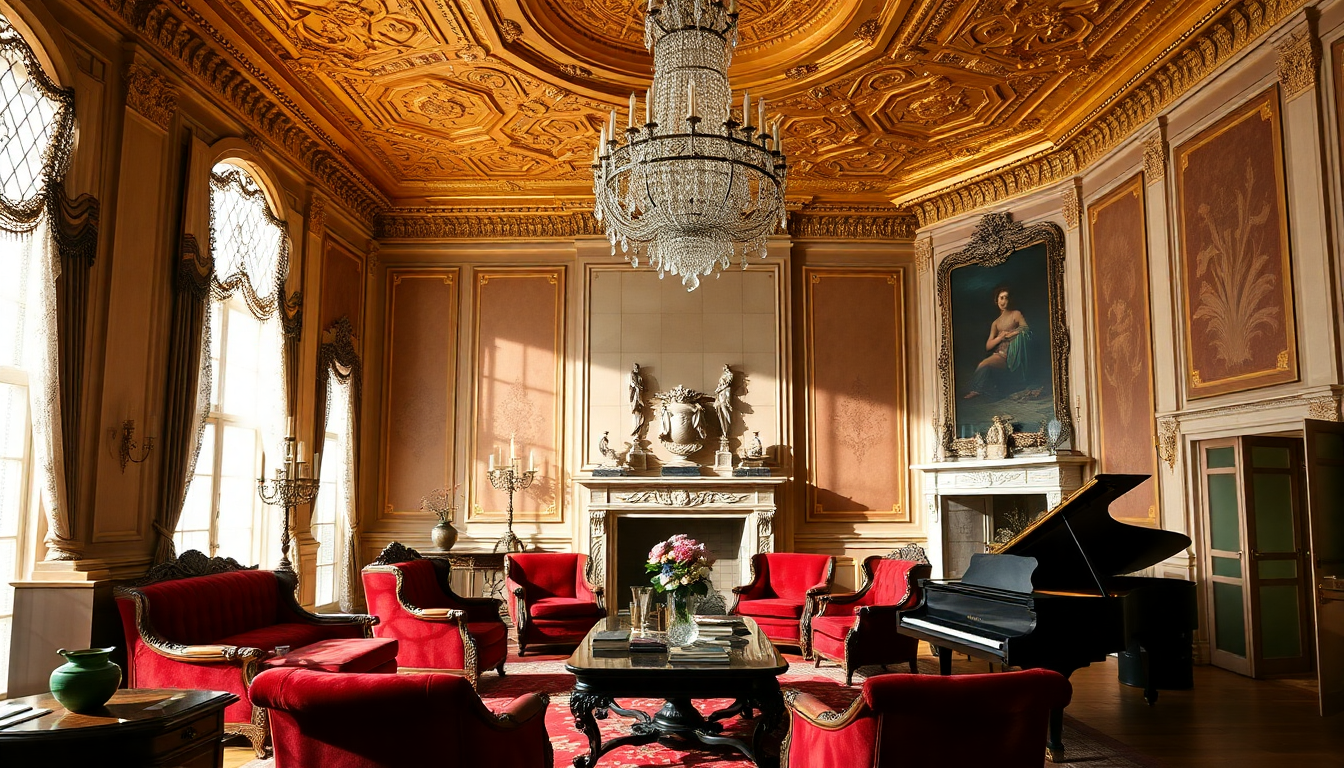Table of Contents
HBO’s ‘The Gilded Age’ has become more than just a show; it’s a cultural phenomenon that resonates deeply with its audience. It captures the opulent lifestyles of its characters while weaving intricate stories that keep viewers hooked. Recently, the series hit some impressive viewership milestones, signaling a growing fanbase eager to explore the world of 19th-century New York aristocracy. Isn’t it fascinating how a show can transport us to a different era?
Viewership Surge: Analyzing the Numbers
The latest stats reveal that ‘The Gilded Age’ is pulling in viewers at an astonishing pace. The seventh episode of the third season attracted 4.6 million viewers within just three days of its release. That’s a slight bump from the 4.5 million who tuned in for episode six, and a notable rise from the 4 million who caught episode five. These numbers illustrate that the series is gaining momentum, with viewership up nearly 50% compared to the previous two seasons. When we look at this season against the first, we see an impressive growth of 30% as we near the penultimate episode of season two. Isn’t it exciting to see a show thrive like this?
This upward trend not only shows that ‘The Gilded Age’ is retaining its audience but also expanding it, which is a great sign for HBO as they continue to invest in high-quality programming. Viewership metrics are key to understanding the television landscape, and these figures hint at an audience hungry for narratives that whisk them away to different times filled with complexity and intrigue.
Episode Highlights and Cliffhanger Intrigues
In episode seven, viewers were left breathless with a gripping cliffhanger. The episode wrapped up with an armed assailant launching an attack on George Russell, played by Morgan Spector, right in the heart of his home. This shocking event follows Russell’s struggle to stabilize his struggling company, ramping up the stakes that define the series.
Character arcs are also deepening, adding layers to the narrative as relationships evolve under societal pressures. Marian, portrayed by Louisa Jacobson, confronts Larry about his dubious actions during their engagement, while Peggy and Dr. Kirkland’s budding romance faces challenges tied to Peggy’s past. Meanwhile, Gladys, played by Taissa Farmiga, is stepping up to manage her estate in England, illustrating a shift in power dynamics among the characters. Isn’t it intriguing how these personal stories mirror larger societal issues?
These intricate character interactions not only heighten suspense but also resonate with themes of ambition, morality, and the quest for power—elements that strike a chord with viewers.
The Future of The Gilded Age
HBO has already given the green light for a fourth season of ‘The Gilded Age,’ which speaks volumes about the show’s success and its ability to engage audiences. Created by Julian Fellowes, the series boasts a talented production team, including executive producers like Gareth Neame and Michael Engler, who have greatly enhanced the show’s narrative depth and visual splendor.
As fans eagerly await the season finale airing on August 10, anticipation swells for the potential storylines a fourth season could delve into. The blend of historical context with fictional drama opens up limitless possibilities for plot development, ensuring viewers will stay captivated. What twists and turns might we see next?
In conclusion, ‘The Gilded Age’ exemplifies how rich storytelling and dynamic character development can fuel viewership growth in today’s cutthroat television arena. Its success is a testament to the timeless allure of narratives that reflect the complexities of human relationships and societal structures. Isn’t it proof that good storytelling is truly ageless?


